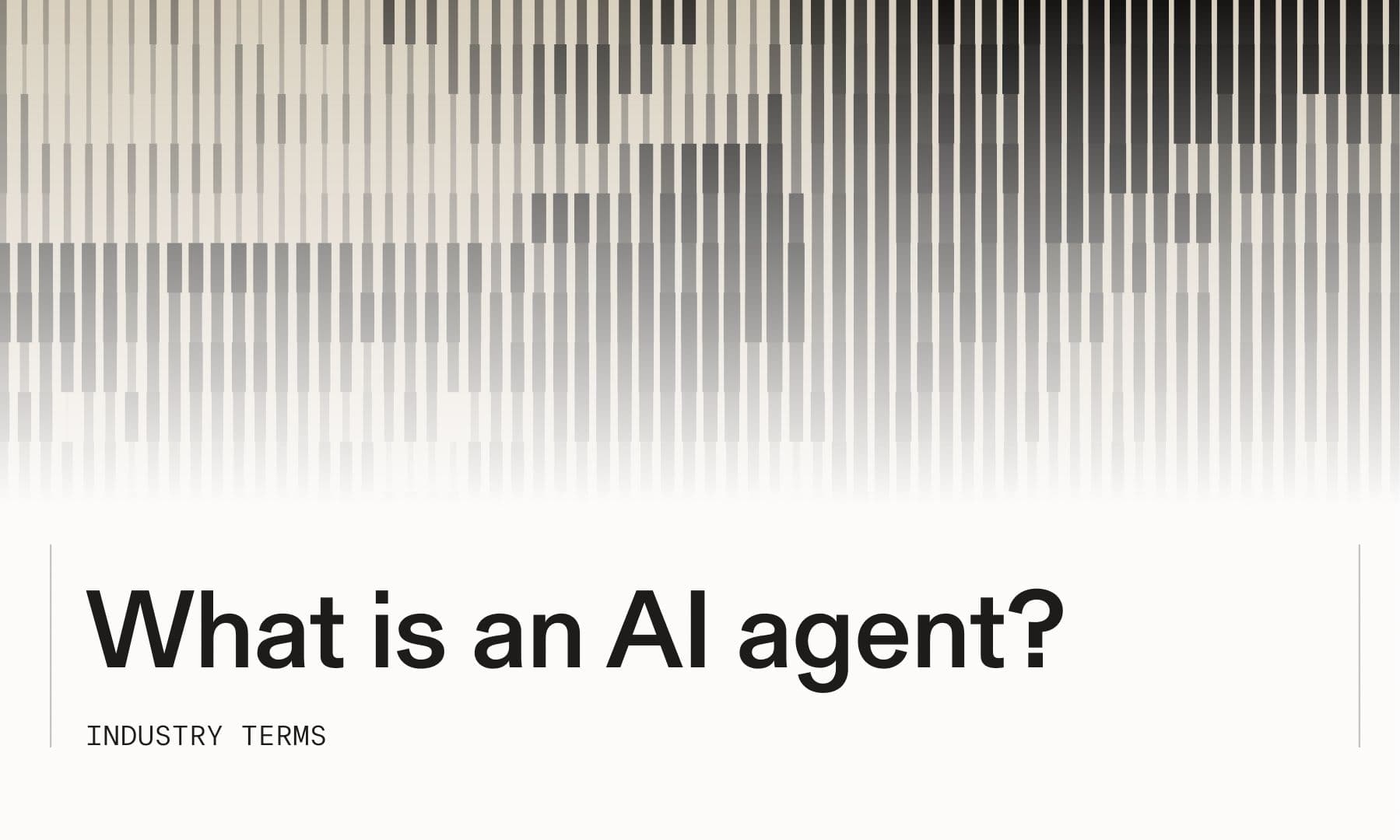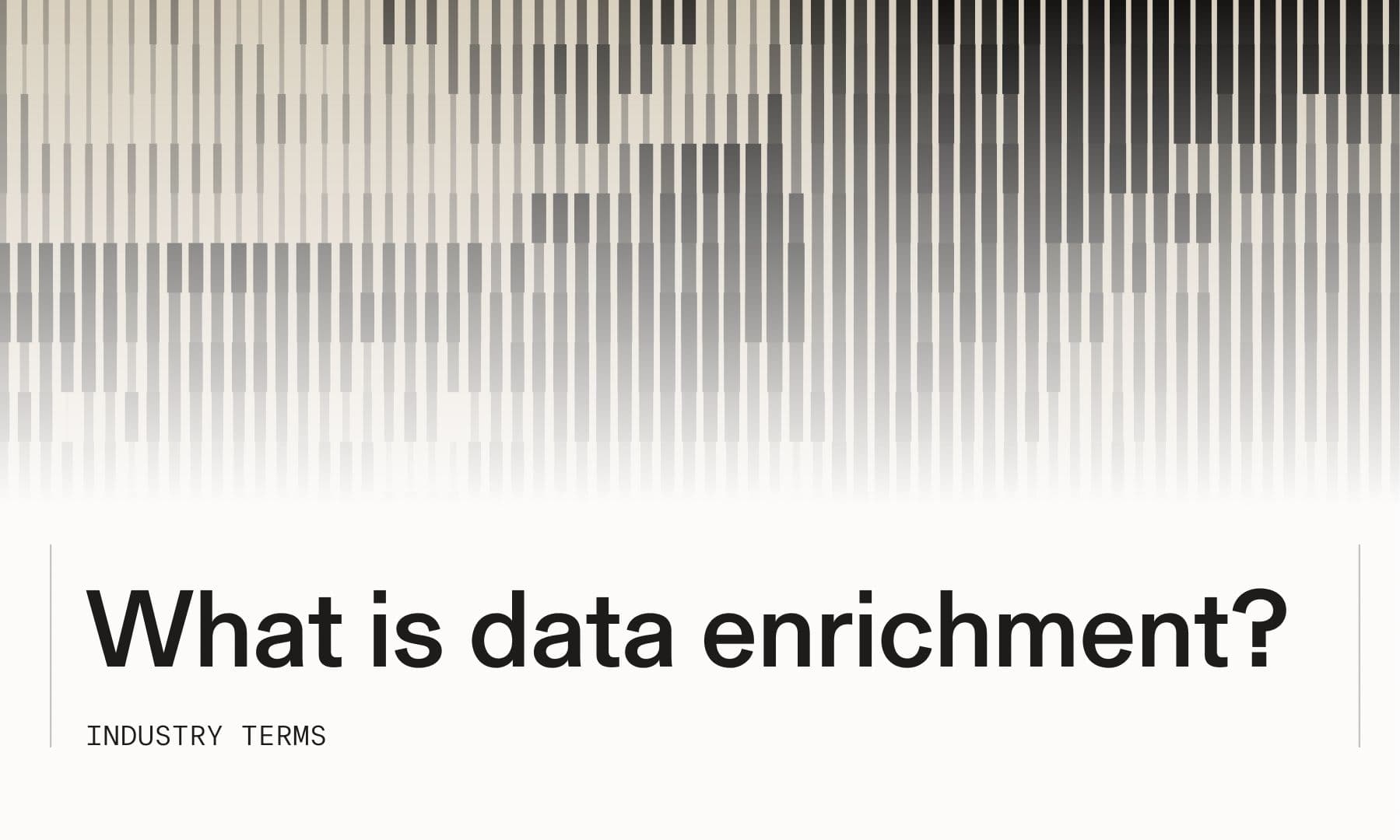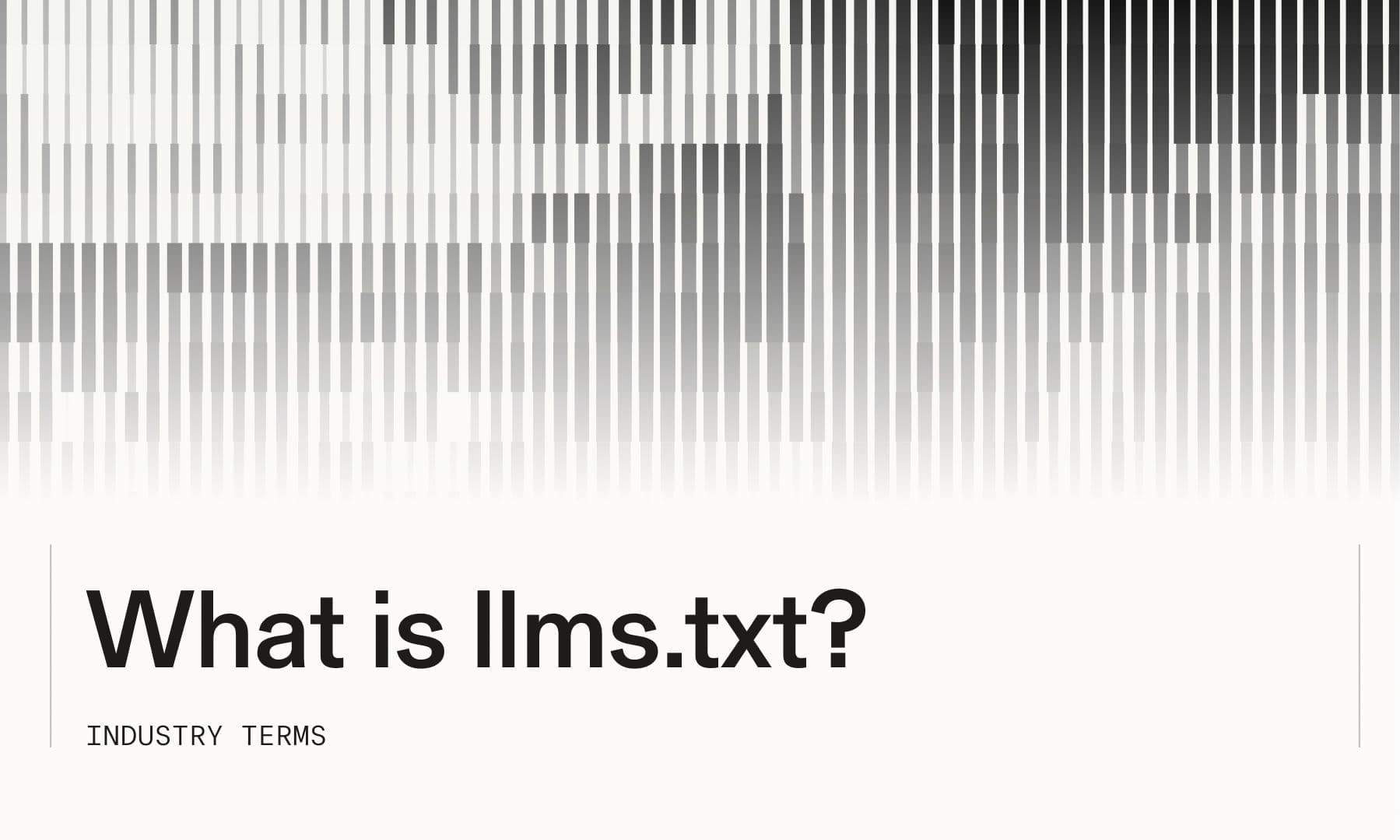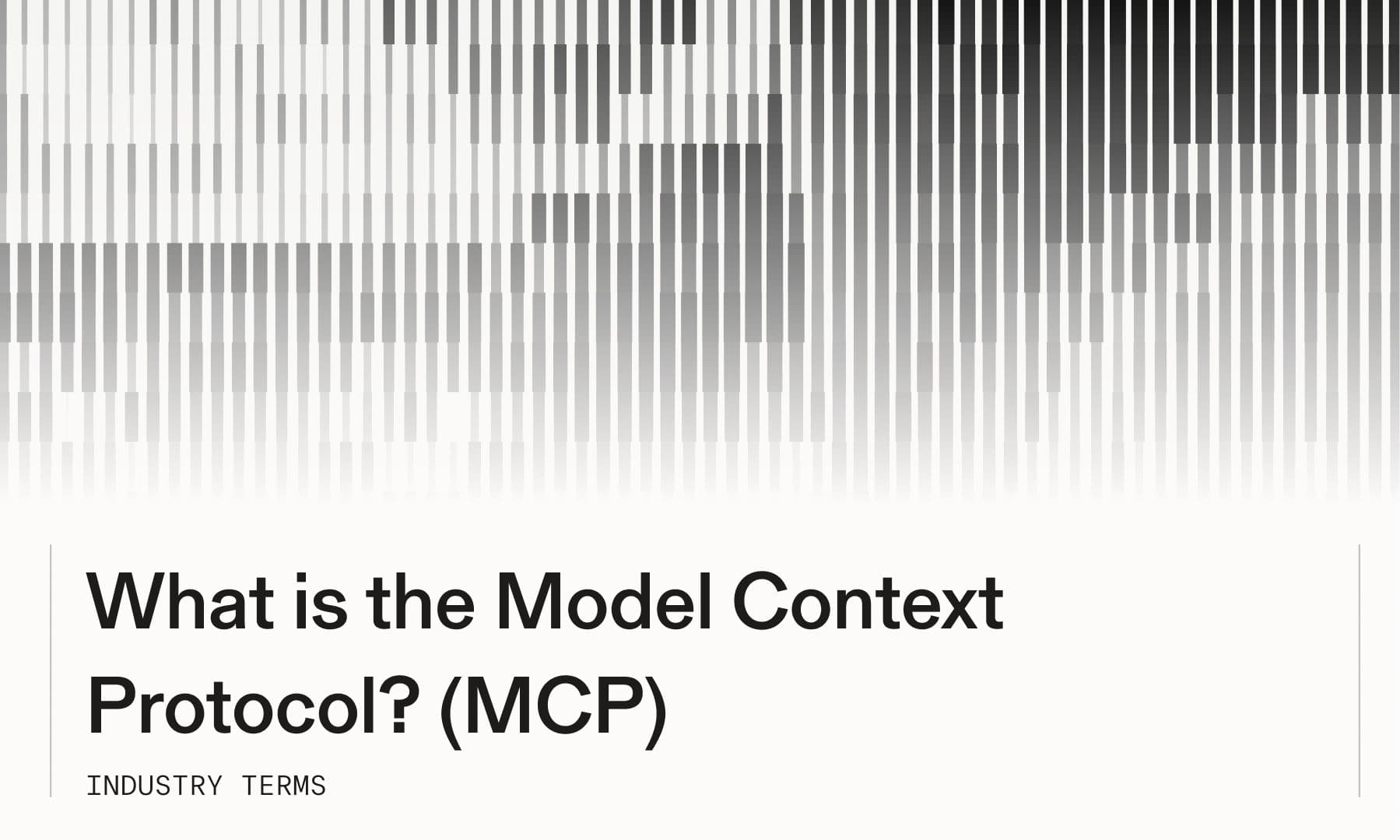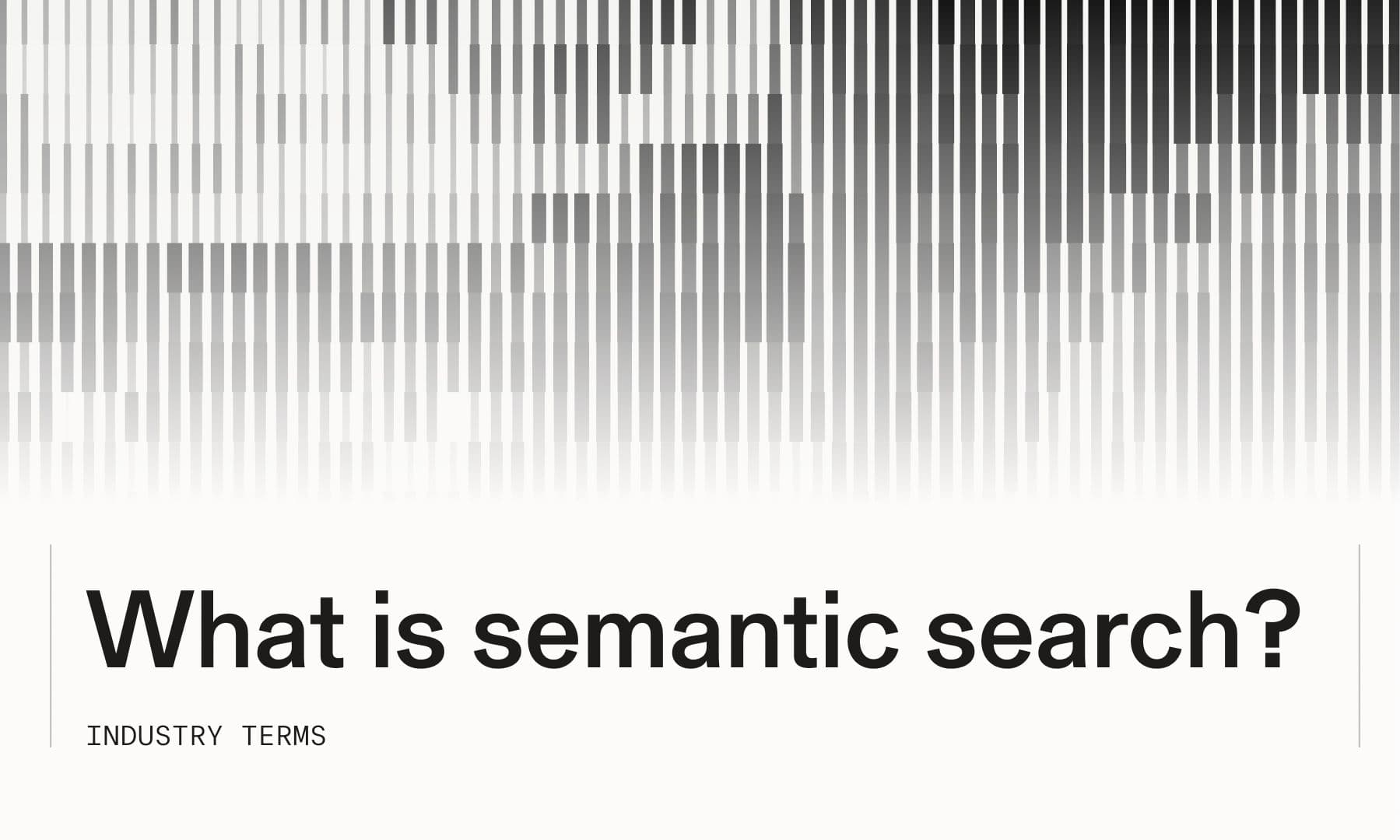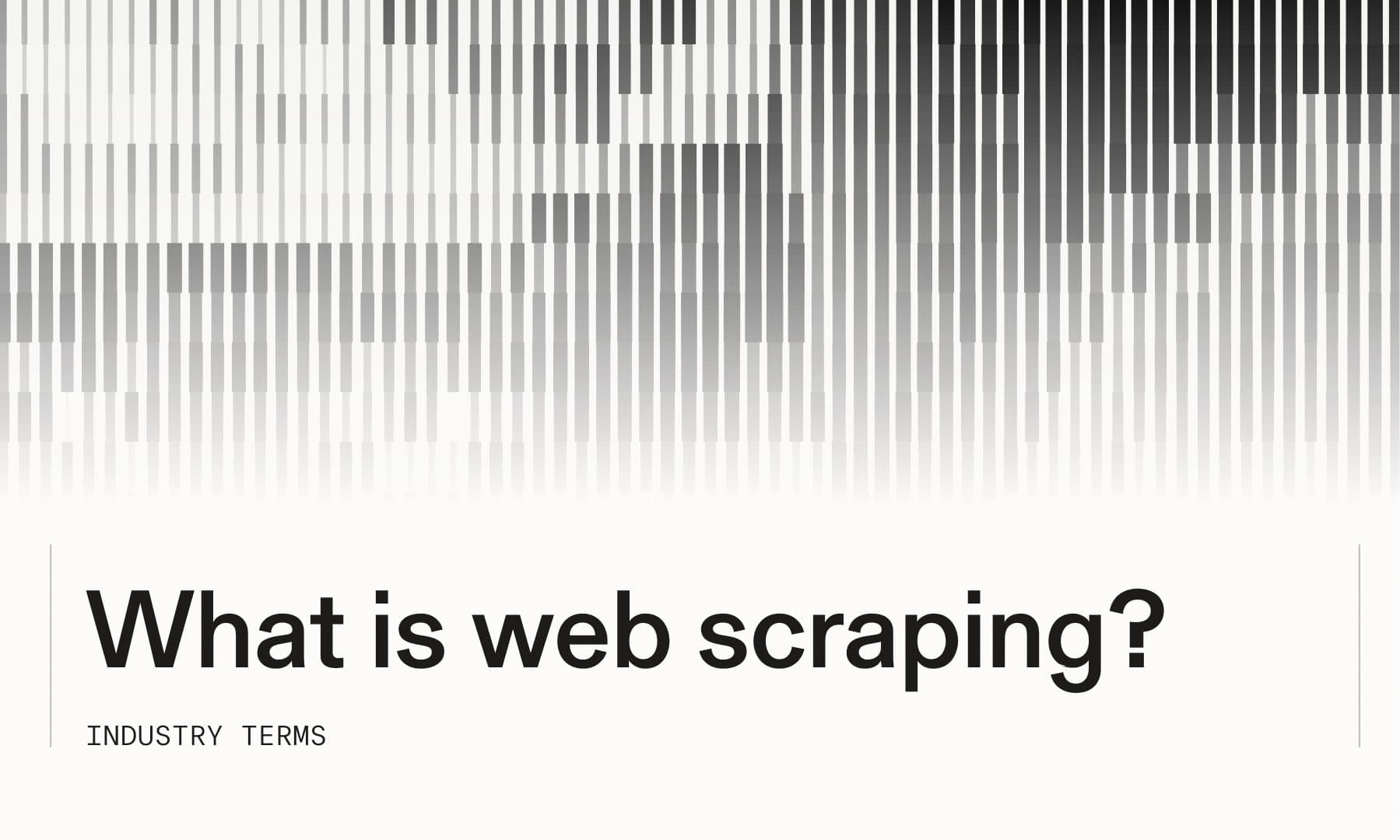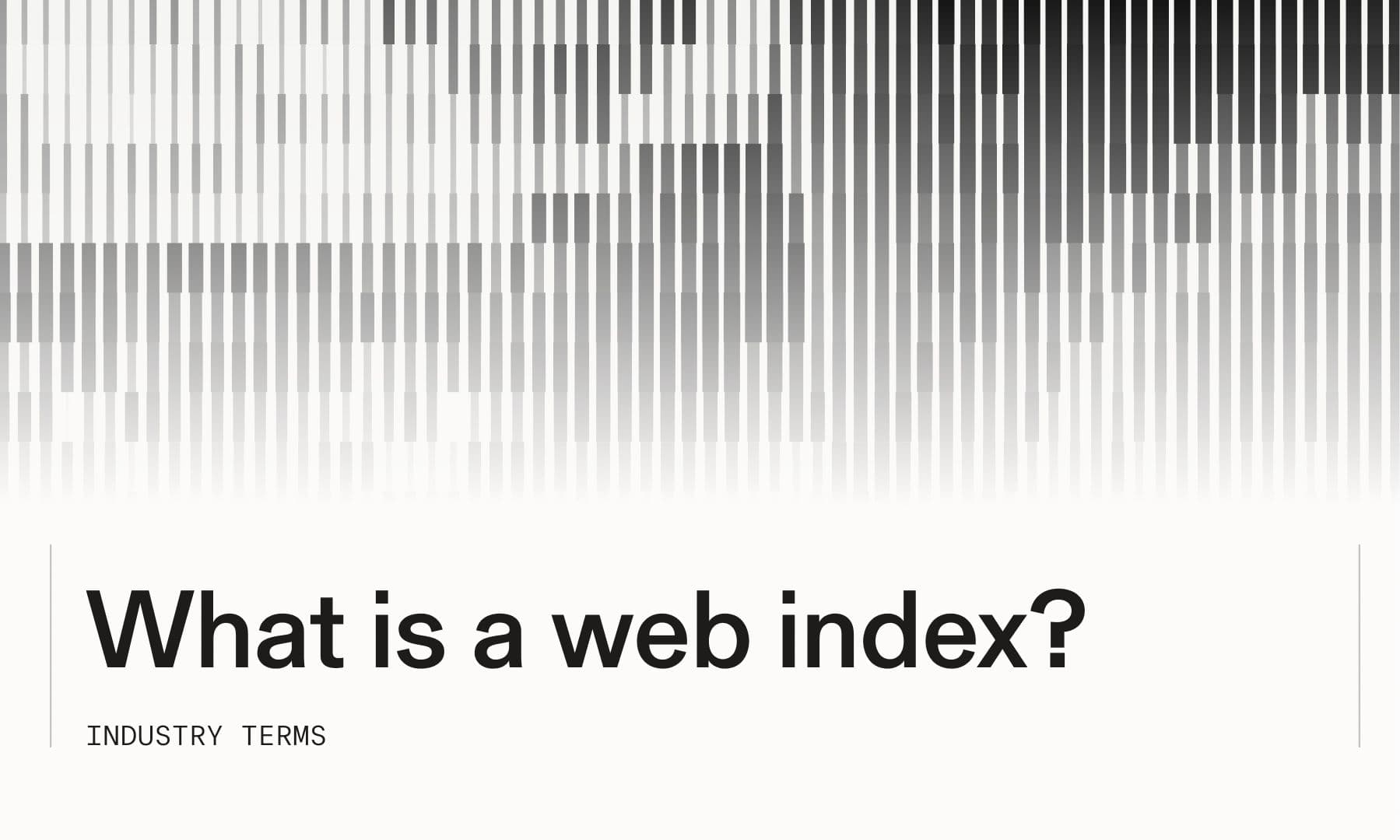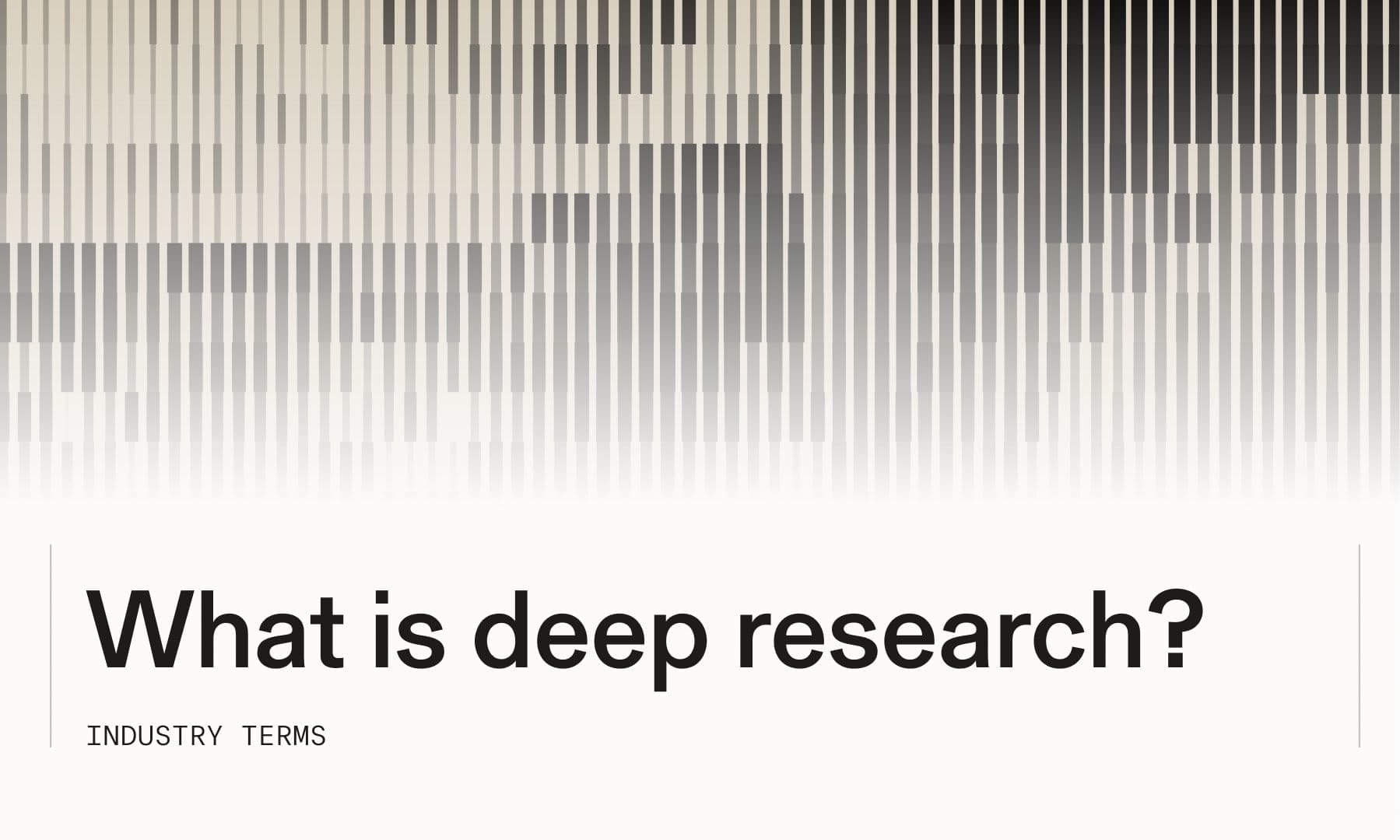
# What is a web crawler and how do they work?
A web crawler is an automated program that systematically browses the internet by downloading web pages and following links to discover new content. Also called spiders, bots, or web robots, crawlers power search engines, train AI models, extract data for analysis, and monitor websites for changes. Every Google search, AI-generated answer, and price comparison relies on crawlers working behind the scenes. Web crawlers determine what content gets indexed, how often it's refreshed, and ultimately how it ranks in search results.
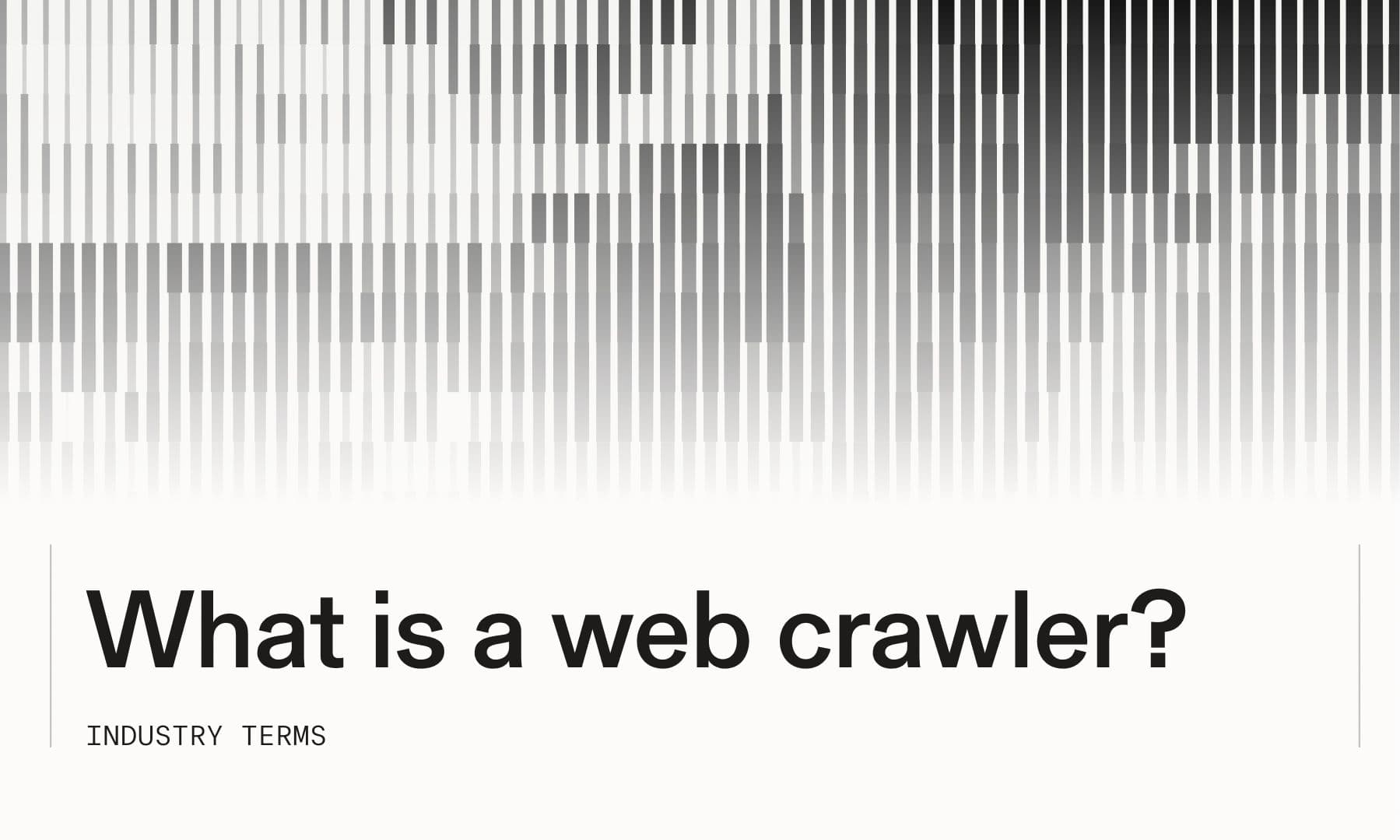
## **What is a web crawler?**
A web crawler systematically browses the internet by downloading pages and following links to discover new content. Search engines use crawlers to index billions of web pages—without crawlers, search engines wouldn't know what content exists or how to find it when someone searches.
Beyond powering search, crawlers train AI models on web content, extract specific data for analysis, monitor websites for changes, and build datasets for research. The core function remains consistent: automated, systematic discovery and collection of web content at scale.
## **How web crawling works end to end**
Crawling follows a structured pipeline designed for comprehensive coverage rather than random browsing.
### **Seed URL discovery**
Every crawl starts with seed URLs—initial web addresses that serve as entry points. Seed URLs come from sitemaps, previously indexed pages, or manually specified lists. From there, the crawler expands outward by following every link it discovers.
### **Fetching and parsing pages**
The crawler sends HTTP requests to download page content, then parses the HTML structure to understand page layout, extract text, identify images, and locate metadata.
Modern crawlers render JavaScript to access dynamically loaded content. Without rendering, they'd miss content that only appears after JavaScript executes—increasingly common on today's web.
### **Extracting links and data**
During parsing, the crawler extracts hyperlinks from anchor tags, sitemaps, and canonical tags. Links become candidates for future crawling. Simultaneously, the crawler collects whatever data it needs: text content, images, structured data markup, or specific elements.
### **Scheduling and prioritization**
A scheduler manages the crawl queue, deciding which URLs to visit next based on page importance, estimated freshness, domain limits, and politeness rules. Homepages and high-authority pages get priority over deep, obscure pages. News sites get crawled more often than static documentation. Rate limits prevent any single crawler from monopolizing server resources.
### **Indexing and storage**
Collected content gets organized and stored in formats optimized for fast retrieval. Search engines use inverted indexes that map words to the pages containing them, along with document stores that preserve original content and metadata.
Indexed data powers search results, analytics, and downstream applications. Without proper indexing, comprehensive crawls become useless—you'd have all the data but no way to find anything.
## **Web crawling vs web scraping**
People use "crawling" and "scraping" interchangeably, but they describe different processes with distinct goals.
**Crawling** focuses on systematic discovery and broad coverage. Crawlers follow links across domains to map large portions of the web—explorers moving from page to page to understand what content exists and where it lives.
**Scraping** targets specific data extraction from predetermined pages. Scrapers pull product prices from e-commerce sites or contact details from business directories—miners digging for particular information in known locations.
The techniques complement each other. You might crawl to discover relevant pages, then scrape those pages for structured data.
## **Core crawling policies and algorithms**
Efficient crawlers balance competing demands: comprehensive coverage, fresh content, respectful behavior, and resource constraints. Policies guide how crawlers make tradeoffs between speed, thoroughness, and politeness.
### **Selection policy**
This policy determines which links to follow and which pages to prioritize. Crawlers use heuristics like estimated page importance, URL patterns, per-host crawl limits, and content quality signals. Well-designed selection policies ensure crawlers spend time on valuable pages rather than getting lost in low-quality corners of the web.
### **Revisit policy**
Web content changes constantly. News sites update hourly while product documentation might stay static for months. The revisit policy decides when to recrawl based on historical change frequency, last-modified timestamps, sitemap priority hints, and observed update patterns.
### **Politeness and rate limiting**
Respectful crawling prevents server overload and maintains good relationships with website owners. Crawlers honor robots.txt directives, observe crawl-delay hints, limit concurrent requests per host, and back off when encountering errors.
Politeness isn't just courtesy—it's essential for sustainable, long-term crawling. Aggressive crawlers get blocked; respectful ones maintain access.
### **Parallelization strategy**
To crawl billions of pages efficiently, crawlers use multiple threads or distributed systems to fetch many pages simultaneously. They isolate per-host queues to maintain politeness—one crawler, many threads, but each site sees controlled, respectful traffic.
## **Types of web crawlers**
Different crawling goals require different approaches.
**Search engine bots** like Googlebot and Bingbot are general-purpose crawlers that build massive searchable indexes across the public web. They prioritize breadth, freshness, and comprehensive coverage to power search engines serving billions of daily queries.
**Focused or vertical crawlers** target specific topics, industries, or content types—academic papers, job postings, real estate listings. By narrowing scope, they achieve greater depth and data quality within their domain.
**AI web crawlers** designed for training and powering large language models emphasize high-quality, structured, and attributable data. They extract information-dense text spans with clear provenance, supporting AI systems that require verifiable, evidence-based outputs.
**Site audit crawlers** like Screaming Frog crawl individual websites to identify technical issues—broken links, duplicate content, missing metadata, performance problems. Site owners use audit crawlers to improve technical SEO and user experience.
## **Popular web crawler examples**
**Googlebot** is Google's primary search crawler, discovering and indexing web content for Google Search. It operates continuously, using sophisticated algorithms to prioritize fresh content and important pages.
**Bingbot** indexes content for Bing and partner search products. It follows similar principles to Googlebot but with different prioritization algorithms and crawl patterns.
**Common Crawl** performs large-scale web crawls and releases datasets publicly. Researchers and developers use Common Crawl data for analysis, training AI models, and studying web evolution without running their own crawlers.
**Parallel's crawler infrastructure** delivers AI-native crawling optimized for powering AI agents and applications. Our crawler (ShapBot) extracts structured, evidence-linked data with transparent provenance, delivering LLM-ready outputs that support complex reasoning tasks. Unlike traditional search crawlers designed for human browsing, our infrastructure targets the specific needs of AI systems: structured data, verifiable attribution, and machine-readable formats.
**Wayback Machine bot** preserves historical snapshots of web pages for the Internet Archive. It creates a time-based archive of the web, enabling researchers to access how websites looked at specific points in the past.
## **Why web crawlers matter for SEO and site visibility**
If a crawler can't find and index your pages, they won't appear in search results. Crawlers determine what gets discovered, how often it's refreshed, and ultimately how it ranks.
Crawl budget—the number of pages a search engine will crawl on your site within a given timeframe—depends on your site's authority, server performance, and content freshness. Fast-loading pages with clear link structures get crawled more efficiently than slow, poorly organized sites.
Technical SEO practices directly impact crawler access. XML sitemaps guide crawlers to important pages, canonical tags prevent duplicate content issues, and structured data markup helps crawlers understand your content's meaning and context.
## **Managing or blocking crawler site traffic**
Website owners can control how crawlers access their content, balancing discoverability with resource protection.
### **robots.txt directives**
The robots.txt file lives at your domain root and tells crawlers which paths they can access. You can allow or disallow specific directories, set crawl-delay hints to limit request rates, and point crawlers to your sitemap. Different user agents can receive different rules—you might allow Googlebot everywhere while restricting other bots to specific sections.
### **Meta robots and HTTP headers**
Page-level directives give finer control than robots.txt. Meta robots tags or X-Robots-Tag HTTP headers can specify noindex (don't add to search results), nofollow (don't follow links), or noarchive (don't cache this page).
robots.txt blocks access before the crawler reaches the page. Meta directives apply after the crawler accesses the page—a crucial difference.
### **CAPTCHAs and rate limits**
When facing abusive or high-volume bot traffic, you can implement challenge-response mechanisms or IP-based rate limiting. Be careful not to block legitimate crawlers—search engine bots identify themselves with verifiable user agents and IP ranges.
### **Allowlisting verified crawlers**
You can verify legitimate crawlers through reverse DNS lookups and known IP ranges. Googlebot's IP addresses resolve to google.com domains, for example. Verification lets you permit real search engine crawlers while blocking scrapers that spoof user agent strings.
## **AI-native crawlers and structured web data**
Modern AI applications require more than raw HTML. They need structured, verifiable data that LLMs can reason over effectively.
### **LLM-ready text spans**
AI-native crawlers extract information-dense text spans with semantic segmentation. They remove navigation elements, ads, and boilerplate content, delivering clean passages that slot directly into LLM context windows. No additional processing required.
### **Evidence links and provenance**
Every extracted fact includes its source URL, specific page anchor, timestamp, and capture context. Transparent attribution enables AI systems to cite sources, allows users to verify claims, and reduces hallucination by grounding outputs in real web content.
### **Multi-hop reasoning support**
Complex AI tasks often require synthesizing information across multiple pages and domains. AI-native crawlers structure outputs to link related facts, track entity mentions across sources, and provide the cross-document context that multi-hop reasoning demands.
## **Build vs buy: cost, scale, and compliance**
### **Engineering complexity**
Robust crawlers require URL normalization and deduplication, JavaScript rendering, error handling and retry logic, politeness policies, distributed scheduling, storage systems, and monitoring infrastructure. Each component has edge cases that take months to handle properly at scale.
### **Infrastructure and bandwidth costs**
Large-scale crawling demands distributed systems with queueing infrastructure, storage for crawled content, observability tools, and significant bandwidth. Costs recur monthly and scale with your crawl volume—often exceeding the cost of equivalent API usage.
### **SOC 2 Type 2 and data governance**
Enterprise applications require audited security controls, access management, data residency guarantees, and clear provenance tracking. Building compliant infrastructure from scratch delays launches and diverts engineering resources from core product development.
### **Time to market**
APIs accelerate delivery by providing proven components that work reliably from day one. Building from scratch means months of development before you can test your application's core value proposition. Time spent building infrastructure is time not spent iterating on features that differentiate your product.
## **FAQs about web crawlers**
**Are web crawlers illegal to use?**
Web crawlers operate legally when they respect robots.txt directives and website terms of service, though regulations vary by jurisdiction and use case. Courts have generally upheld the right to crawl publicly accessible data, but accessing password-protected content or violating explicit restrictions can create legal issues.
**How can I identify crawler traffic in server logs?**
Look for user agent strings in HTTP request headers—legitimate crawlers identify themselves with strings like "Googlebot" or "Bingbot." You can verify claims by checking IP addresses against known crawler IP ranges or performing reverse DNS lookups to confirm the requesting domain.
**What does website crawl frequency depend on?**
Crawl frequency depends on your site's authority and importance, content freshness and update patterns, server responsiveness and performance, and each crawler's scheduling policies. High-authority sites with frequently updated content get crawled more often than static sites with low traffic.
**Which crawler algorithms improve data freshness without wasting resources?**
Intelligent scheduling algorithms prioritize frequently updated pages while downranking static content. They use change-rate models based on historical data, sitemap priority hints, last-modified timestamps, and conditional GET requests to check for changes before downloading full pages—optimizing freshness while minimizing unnecessary requests.
## **Power reliable AI agents with fresh web data**
We equip developers with accurate, verifiable, and enterprise-grade web data designed specifically for AI agents and applications. Our crawler infrastructure delivers structured outputs with transparent provenance, supporting complex reasoning tasks while maintaining the reliability and compliance that enterprises demand.
Whether you're building autonomous agents, powering research workflows, or enriching data pipelines, our APIs collapse the complexity of web access into simple, declarative calls. Start building with Parallel today[Start building with Parallel today]($https://parallel.ai/).
By Parallel
October 14, 2025
